HOTSPOTS H20: Vermont Floods Pose Threats to Drinking Water
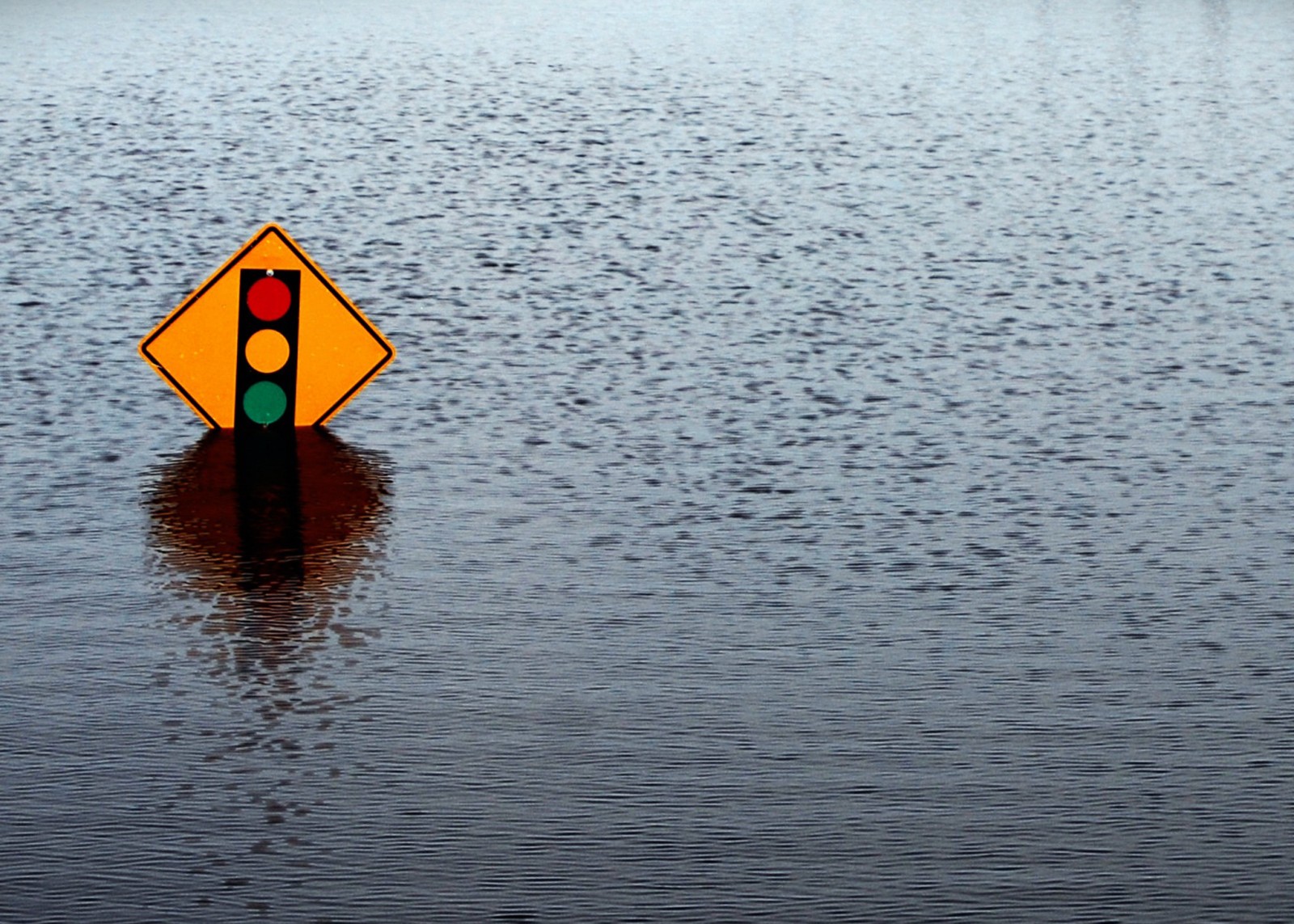
Image: Alachua County
By Zara Gounden & Fraser Byers, Circle of Blue – July 21 2023
Last week’s relentless downpours triggered widespread flooding and caused water contamination across Vermont. The storms caused streams and rivers to overflow their banks, among them the Winooski River, which runs through Montpelier, the state’s capital, causing it to deluge neighboring towns.
Comprehensive testing is underway to confirm the extent of contamination. For some sites, the foul smell and visible pollutants already confirm the presence of sewage and other contaminants.
Scientists attribute the storm to the effects of climate change and El Niño, a climate phenomenon characterized by warming of the ocean surface, that increases the frequency of destructive floods. The changing climate also is warming sea temperatures that intensify El Niño.
Forecasts of continuing rainfall in the state prompted authorities to issue precautionary measures such as “do not drink” orders and boil notices. The directives are meant to safeguard residents against pathogens, parasites, and bacteria in municipal drinking water and private wells.
Wells and springs serve as the primary water source for approximately 40 percent of Vermont’s residents. The Vermont Department of Health issued a general statement urging residents in flooded areas to take precautions, advising them to assume that their water from wells or springs is contaminated.
Officials asserted that the scale of last week’s flooding was similar, if not greater, than the damage from Hurricane Irene in 2011. Vermont also experienced a devastating flood in 1927.
Fraser is a reporting intern at Circle of Blue. Originally from Salt Spring Island, Canada, he is now a Davis Scholar pursuing dual degrees with UC Berkeley and Sciences Po Paris. Fraser is majoring in Environmental Economics and Policy, and Politics and Government – Specializing in the MENA region.

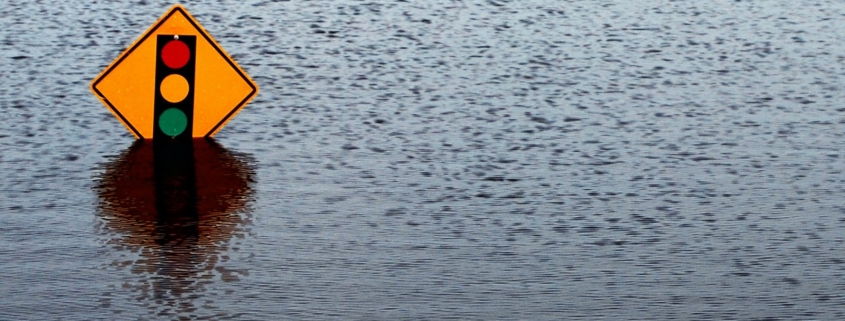
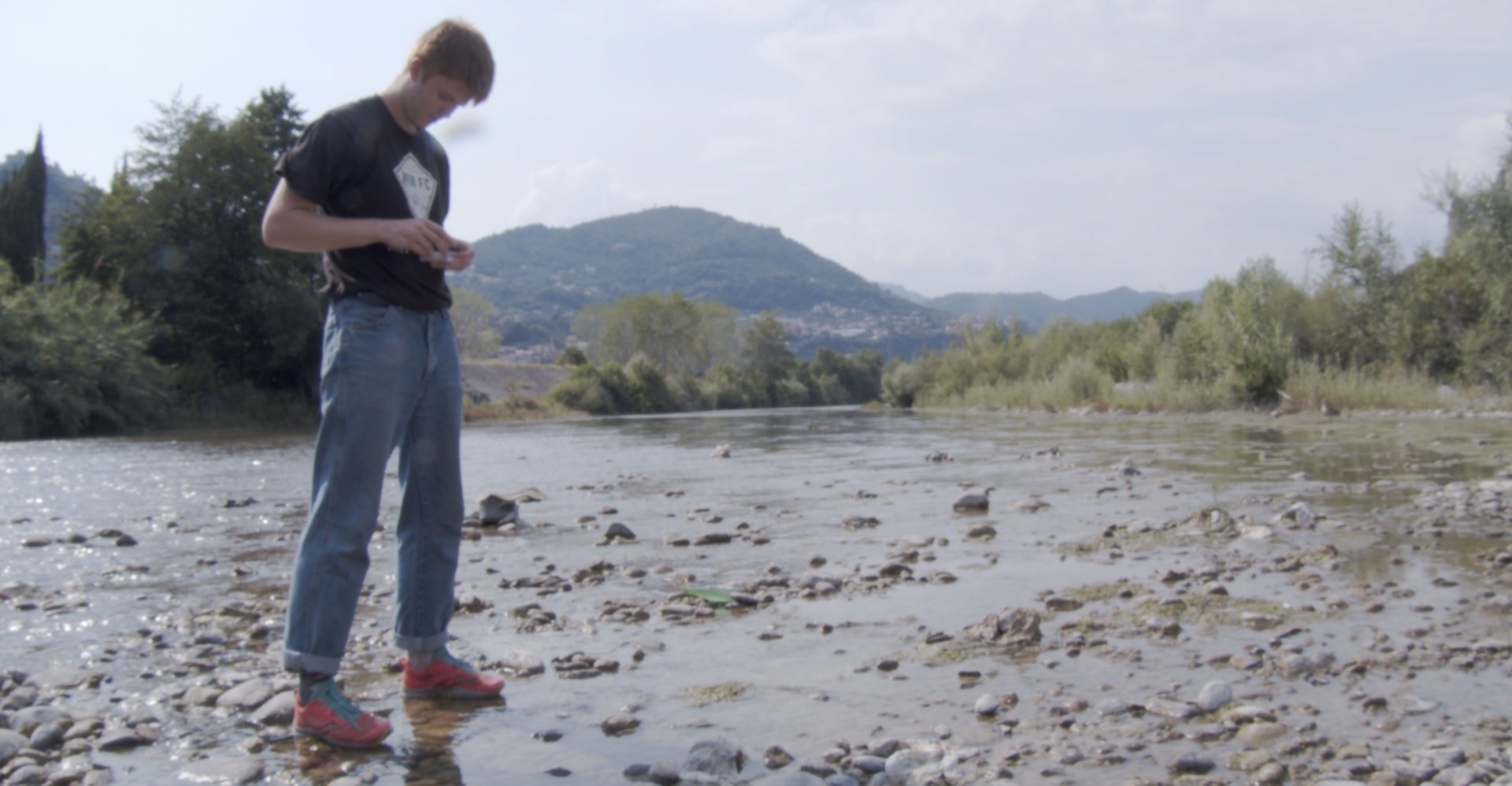


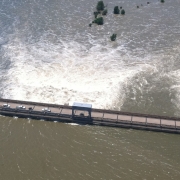
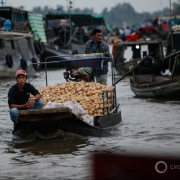
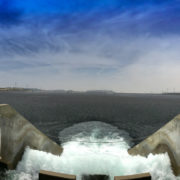


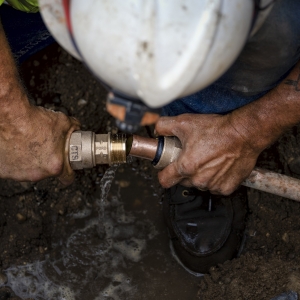

Leave a Reply
Want to join the discussion?Feel free to contribute!